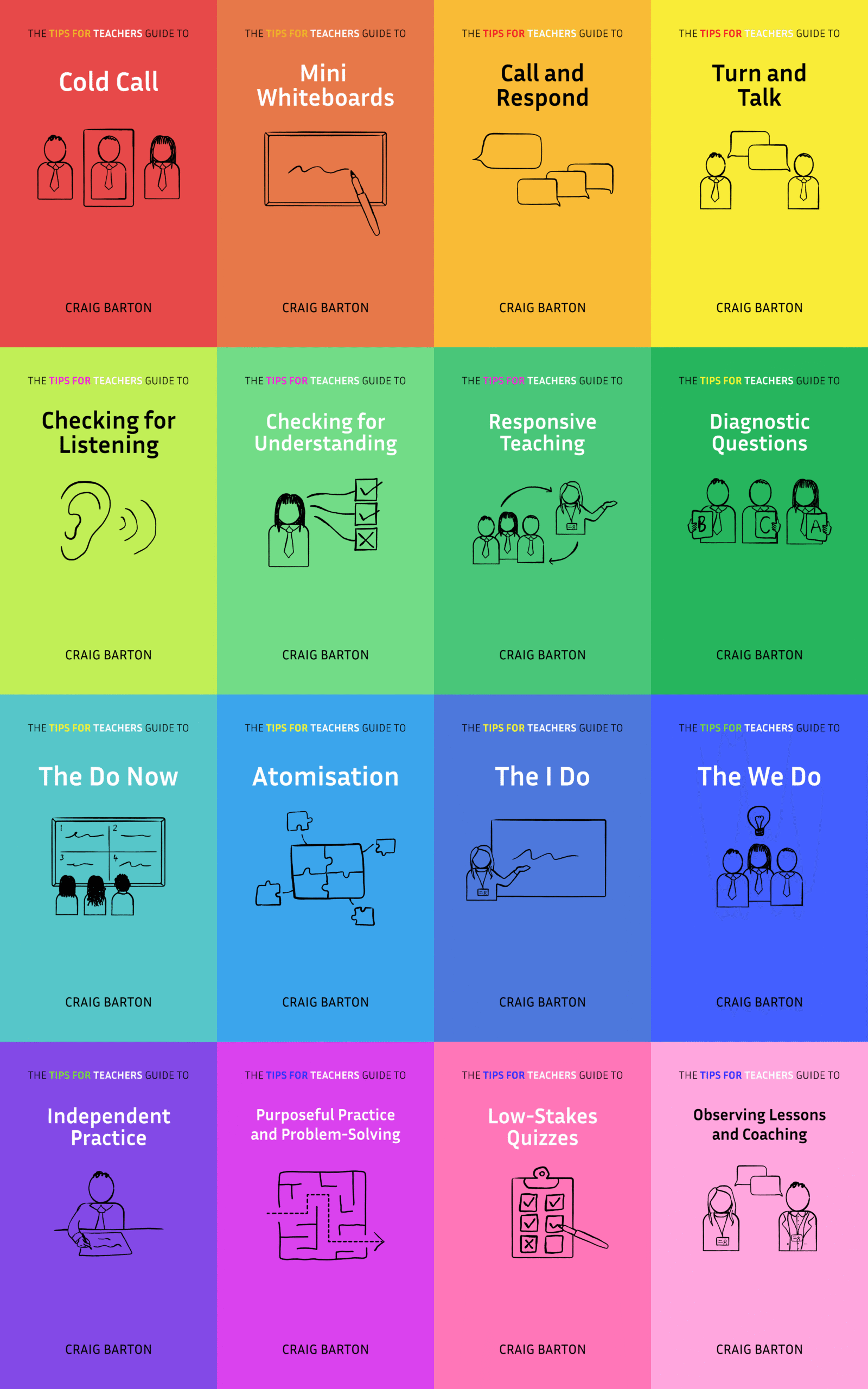
- Title: Project Follow Through Evaluation
- Authors: Siegfried Engelmann
- Access the original paper here
- Listen to a deep-dive podcast:
Paper summary
This document details the Direct Instruction model, a program designed to improve the academic performance of disadvantaged students, and its surprising success in the Follow Through project. Despite the program’s strong results, the evaluation was manipulated to downplay its effectiveness, and the educational establishment ultimately rejected the Direct Instruction model. This suppression occurred due to the powerful forces within the educational community who favored other, less effective, programs, and who saw the success of Direct Instruction as a threat to their own ideologies and interests.
What are the key implications for teachers in the classroom?
- Effective Instruction is Possible: The most important implication is that long-term, positive results are achievable for at-risk children from diverse backgrounds and settings through effective instruction. The Direct Instruction (DI) model demonstrated this by consistently outperforming other models in basic skills, cognitive skills, and affective measures, exceeding even the performance of average students. This finding challenges the prevailing belief that “exemplary programs” are fleeting or unreliable, offering hope for sustainable improvement in education.
- Content-Focused Instruction Yields Comprehensive Results: DI’s success across all subject areas highlights the importance of designing instruction that effectively addresses specific content. This approach not only produced strong academic outcomes but also fostered lively, confident children. This suggests that teachers should prioritize clear, content-focused instruction rather than relying on broad, generalized approaches.
- Learning Styles Are Not a Limiting Factor: The consistent success of DI across different types of learners debunks the myth that children need different approaches based on their learning styles. DI provided the same instruction for all students, proving that all children can learn effectively with a well-designed program. This finding encourages teachers to adopt inclusive instructional methods that cater to the needs of all learners.
- Moment-to-Moment Interactions Are Crucial: DI’s focus on the specific details of teacher-student interactions proved successful. This approach contrasts with other models that focused on broader interactions without considering the precise information delivered in each moment. This emphasizes the importance of carefully planned and executed interactions in the classroom, ensuring that each exchange effectively contributes to student learning.
- Teacher Training Can Overcome Existing Inefficiencies: DI’s success across various sites suggests that even teachers who had previously struggled were able to achieve high levels of performance with the program. This highlights the importance of effective teacher training and professional development, demonstrating that with proper support, all teachers can become successful.
- The Educational System May Resist Effective Practices: Despite the undeniable success of DI, it faced resistance and rejection from the educational establishment, which favored less effective but more popular approaches. This resistance raises concerns about the influence of politics and ideology in education, potentially hindering the adoption of proven methods. Teachers need to be aware of these potential obstacles and advocate for evidence-based practices.
- The Need for Critical Evaluation and Advocacy: The sources reveal a deliberate attempt to suppress and distort the results of the Follow Through evaluation, prioritizing the preservation of existing educational beliefs and practices over the well-being of students. This highlights the importance of critical evaluation of research and the need for teachers to actively advocate for policies and practices that are truly in the best interest of students.
The sources offer a compelling argument for the adoption of effective, evidence-based instructional practices like DI. However, they also reveal the challenges teachers may face in advocating for such practices in a system that can be resistant to change and prioritize ideology over data.








